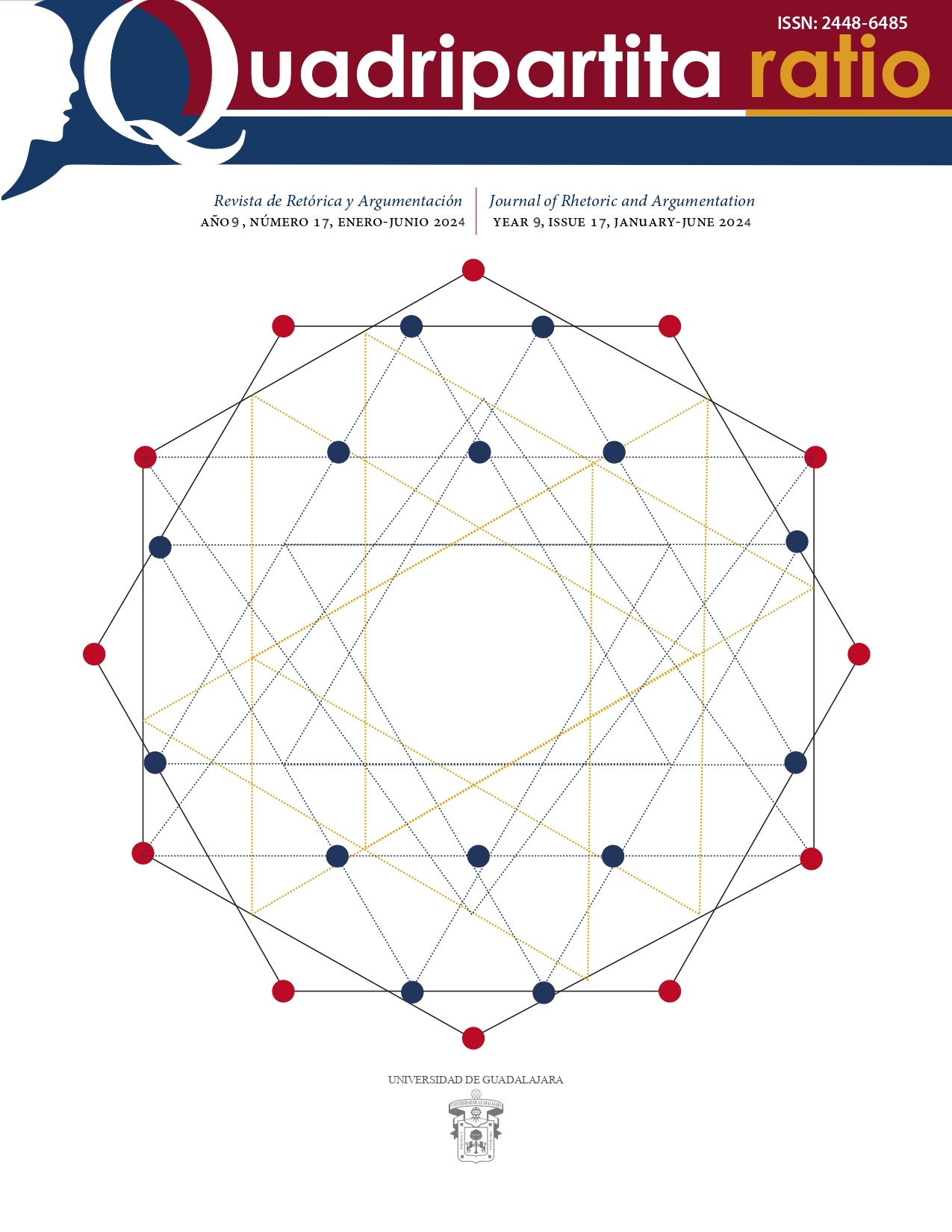El diálogo crítico en la educación básica: comparación y contraste entre los contextos rural, semi-urbano y urbano
Resumen
Este ensayo aborda la importancia del diálogo crítico en la educación básica, centrándose en los contextos rural, semi-urbano y urbano en el estado de Chiapas. El objetivo es analizar cómo las características específicas de cada entorno impactan el desarrollo de habilidades críticas en los estudiantes. El método consiste en la revisión de literatura y la consideración de factores como recursos, diversidad cultural y acceso a la tecnología. Los resultados revelan patrones distintivos en cada contexto, destacando fortalezas y desafíos. La conclusión destaca la necesidad de estrategias pedagógicas adaptadas a las particularidades de cada entorno para fomentar un diálogo crítico efectivo.Citas
Bordes Solana, M. (2011). Las trampas de circe: falacias lógicas y argumentación informal. Cátedra
Bronfenbrenner, U. (1979). The Ecology of Human Development: Experiments by Nature and Design. Harvard University Press
Carrera, B., y Mazzarella, C. (2001). Vygotsky: enfoque sociocultural. Educere, 5(13), 41-44
Chávez, J.M. (2013). La zona de desarrollo próximo como teoría de la enseñanza, el aprendizaje, evaluación dinámica y la intervención psicopedagógica. Revista Digital EOS Perú, 2(2), 95-112
Cisternas Casabonne, C., y Droguett, Z. (2014). La relación entre lenguaje, desarrollo y aprendizaje desde la teoría sociohistórica de Vygotsky. Trabajo de investigación. https://www.aacademica.org/ccisternascasabonne/3
Consejería Jurídica del Gobernador. (2023). Ley de educación del estado libre y soberano de Chiapas. Periódico Oficial Nº 278, Tomo III, Decreto Nº 178. Gobierno de Chiapas
Consejo Nacional de la Evaluación de la Política de Desarrollo Social. (2020). Informe de pobreza y evaluación 2020: Chiapas. CONEVAL
Corral Ruso, R. (2001). El concepto de zona de desarrollo próximo: una interpretación. Revista Cubana de Psicología. 18(1), 72-76
Dewey, J. (2014). Naturaleza humana y conducta. FCE
Hessen, J. (2008). Teoría del conocimiento. Época
Martín Sanchez, F. (2020). La agresividad humana y sus interpretaciones. La Albolafia: Revista de Humanidades y Cultura, (20) 427-441
Millenson, J. R. (1979). Principios de análisis conductual. Trillas
Moll, L.C. (s.f.). La Zona de Desarrollo Próximo de Vygotski: Una reconsideración de sus
Pacheco Méndez, T. (2010). La problemática del Sistema educativo en Chiapas. L'Ordinaire des Amériques, (213), 199-211
Ruiz Rincón, D. L., Domínguez Pérez, G. P., Roblero Balbuena, A. K., y González Rivas, F. J. (2023). Formación bioética para infancias. Para una propuesta didáctica basada en un modelo de discusión crítica. CMIU 15ª Edición. UNACH
Solovieva, J. y Quintanar, L. (2020). Vigotsky’s concept of social situation of development for assessment of development. Actual Problems of Cultural-Historical Psychology. The First International Symposium on Cultural-Historical Psychology (pp. 91-105). МИНИСТЕРСТВО ПРОСВЕЩЕНИЯ РОССИЙСКОЙ ФЕДЕРАЦИИ
Van Eemeren, F. y Grootendorst, R. (2012). Una teoría sistemática de la argumentación. Biblos
Una vez que un texto es aceptado para su publicación en Quadripartita Ratio, sus autores deben firmar dos documentos de carácter legal: una Licencia de uso y una Declaración de autoría.
Con la Licencia de uso, los autores autorizan la publicación de su obra y la difusión de ésta (integración en bases de datos, difusión en nuestras redes sociales, reediciones posibles, etc.). No obstante, se autoriza la descarga, reproducción y distribución de todos nuestros contenidos publicados, siempre que no se modifique el contenido y se indique su origen (nombre de la revista, volumen, número, páginas y dirección electrónica del documento).
Con la Declaración de autoría, los autores manifiestan que la obra es de su autoría, original e inédita.









